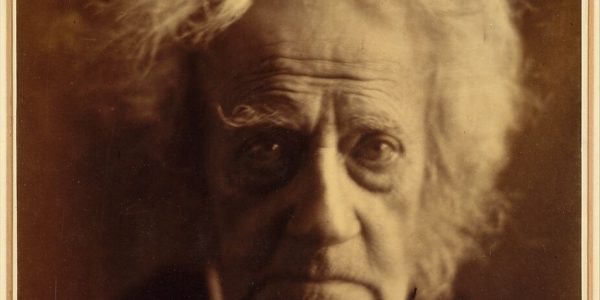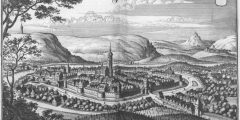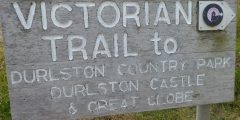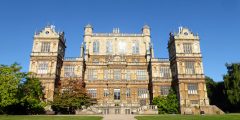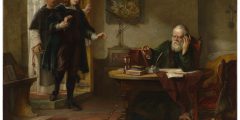John Herschel: A snapshot of his adventures in photography
February 16, 2024
Sitting at home on a miserable day last week, I was reading a tweet, then a blog post by Stephen Case who wrote a book with my sort of title: Making Stars Physical: The Astronomy of Sir John Herschel. That post cheered me up, as I learned something new. I went to the kitchen to …
The Gmelin family: From chemistry to phlogiston and permafrost
May 12, 2023
I had Covid. I was lying in bed. I saw a tweet by Mark Carnal saying: “Historians of Biology. How on earth is Gmelin pronounced? I’ve not had to say it out loud before.” I am not a historian of biology but, as a German speaker, I was intrigued. So, I looked up the name …
Andrea Wulf’s ‘Magnificent Rebels’ (2022)
September 23, 2022
The situation in this country and around the world is quite depressing and I wondered what could cheer me up. Then I started to read Andrea Wulf’s Magnificent Rebels: The First Romantics and the Invention of the Self and that did the trick (I had previously read her biography of Alexander von Humboldt and enjoyed that too). …
Marianne North: On the trail of a Victorian painter and adventurer
July 15, 2022
A while ago, my husband listened, rather by chance, to Thought for the Day, where Rev Marie-Elsa Bragg mentioned a book called ‘A Vision of Eden’ by Marianne North (as an aside, North was an atheist). My husband later told me about the book, as he knew I was ’into such things’. He also knew …
Francis Willughby and me
November 26, 2021
You have probably all heard of Newton or Halley or Hooke or Pepys … But have you heard of Willughby? I had, vaguely, but I did not look hard enough. They were all early members of the Royal Society (founded in 1660) and involved in a little scandal to which I’ll come later. But first …
Triangulating the history of science communication: Faraday, Marcet and Smart
October 22, 2018
This post first appeared on the History and Philosophy of Language Sciences blog. I am reposting it on the Making Science Public blog with permission, where it can rub shoulders with other posts relating to science communication. ••• The 19th century was a time of monumental change in science, industry and also communication. In this …
Milton and Galileo: Affinities between art and science
August 25, 2017
I don’t know much about John Milton and Galileo Galilei. However, I have stood beside Milton’s Mulberry tree at Christ’s College, Cambridge and beside Galileo’s chair and lectern at the University of Padua – and felt some affinity with the poet and the scientist. I didn’t know though that there was actually a connection between Milton …
Responsive research: Roots and branches
November 23, 2013
My colleague Sujatha Raman recently opened up a conversation on Sciencewise about ‘responsive research’, which she defines as research responsive to public needs. The project invites people to respond to the project outline. This is what I’ll try to do in this post. I’ll first explore some semantic or conceptual issues, then try to find …

